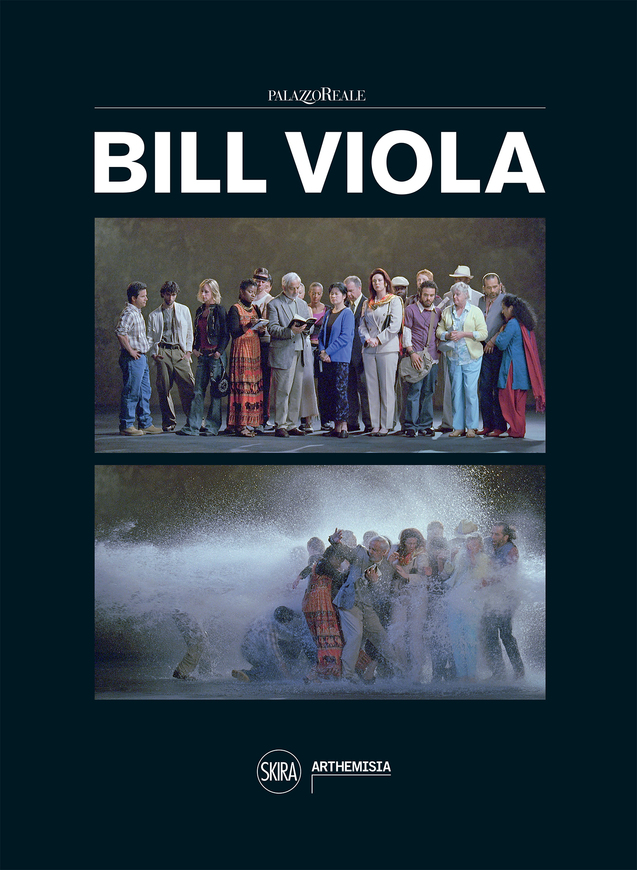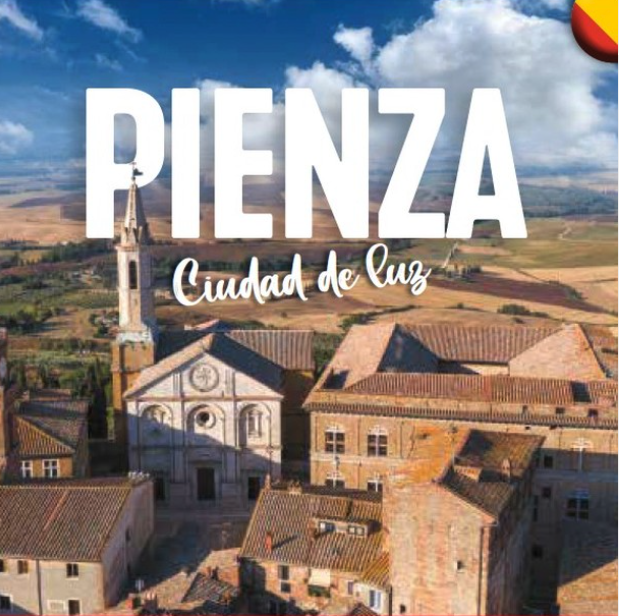Catalogo di mostra, arte
• Febbraio 2023
Bill Viola a Palazzo Reale
Autore: autori vari
Editore: SKIRA
Lingue di traduzione: italiano-inglese e inglese-italiano
Traduttori: Elizabeth Burke, Maria Valeria Caredda
Catalogo della mostra di Bill Viola a Palazzo Reale di Milano, 24 febbraio – 25 giugno 2023, SKIRA editore
Bill Viola. Beyond videoart
by Valentino Catricalà
It was the end of the 1960s and a very particular moment, culturally and historically, determined by great political unrest within the universities. Bill Viola was a young student at Syracuse University, where he studied painting and electronic music, and like many others at that time, was an avid music lover and drummer. It was in this environment that Bill Viola came into contact with video. It was a completely new medium that allowed him to produce images and sounds that, for the first time, were electronic and not mechanical, as film still was at the time. This technology allowed for a greater malleability and control of the image and sound, given that it was produced by flows of electrons, rather than a series of photograms mounted side by side. It was a new frontier between the world of sound and the image, but also given its malleability, between sculpture and painting, cinema and music, performance and action, a middle ground between early 20th-century mechanical technology and the digital technologies of the future.
Video was barely in its infancy when Viola came across it. “Video and I grew up together,” the artist states. In the late 1960s, the electronic image was still a terrain to be explored. However, video’s early stages were preceded by a generation just a little older than Viola, such artists as Nam June Paik, Peter Campus, Frank Gillette, Bruce Nauman. And it was precisely due to the contact with these artists that Viola began to develop his personal poetics, to explore the expressive potential of the medium. This experience was consolidated in 1974 when Viola became the technical director of art/tapes/22 in Florence, an experimental video laboratory that was almost unique for the time, run by Maria Gloria Bicocchi. And it was here that Bill Viola came into contact with numerous artists who were influential in his field, such as the already mentioned Nam June Paik, Joan Jonas, Vito Acconci, Giulio Paolini, Jannis Kounellis, and Mario Merz. Artists more or less on the inner circle of the fledgling videoart world, curious to explore the absolutely aspecific nature of this new device, the fact that it was a flexible and variable medium that insinuated its way into every artistic context, bringing about change.







